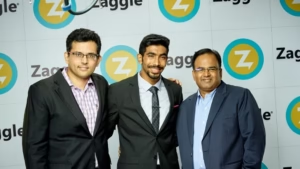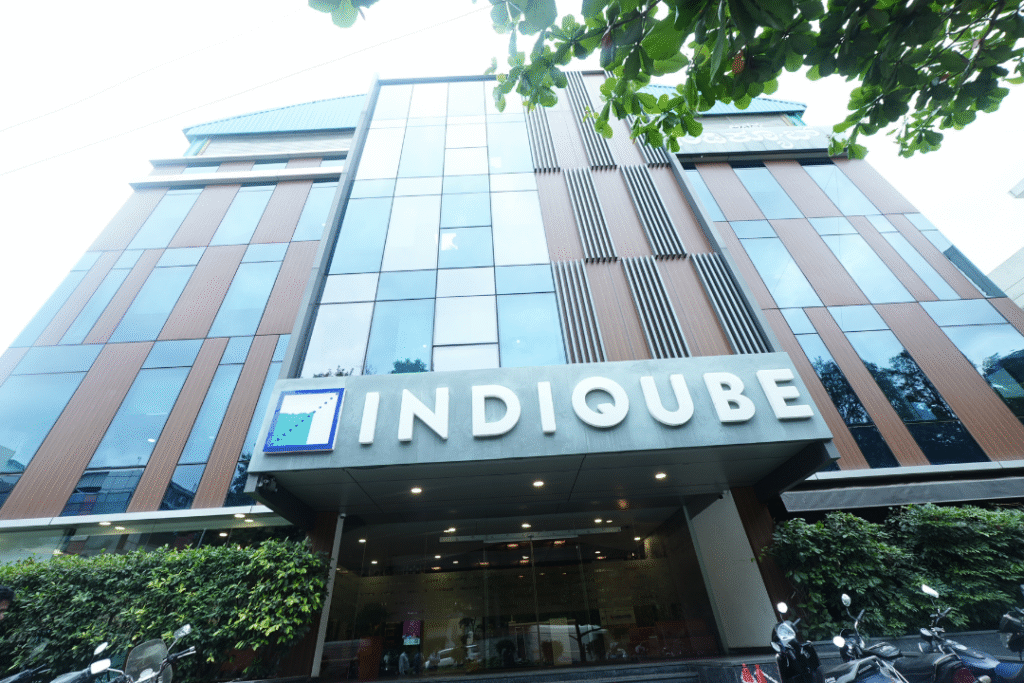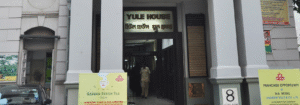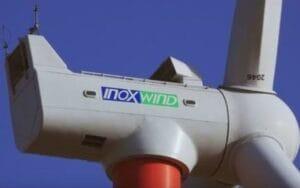1. At a Glance
IndiQube is basically the Airbnb of offices — except your landlord here also manages the Wi-Fi, the coffee machine, and probably your office plant’s watering schedule. Founded in 2015, it’s now flaunting a ₹4,602 crore market cap while still figuring out how “profit” works. Q1 FY26 was a mixed bag: revenue up 27%, EBITDA up 98%, but bottom-line still in the red. In other words — top line is running, middle line is sprinting, but bottom line is crawling like a hungover intern on Monday morning.
2. Introduction
The Indian co-working scene has gone from “cool startup thing” to “corporate survival strategy” faster than you can say “Zoom fatigue.” IndiQube entered this market with a pitch deck that probably said something like,“We will disrupt offices by making them feel like your living room, but with more corporate gossip and better chairs.”
While competitors like Smartworks and Awfis battle to grab the biggest slice of India’s flexible workspace pie, IndiQube has gone for a hybrid “Hubs & Spokes” model — central fancy offices for main teams and smaller spoke offices for branch warriors. It’s basically theThanos snapof real estate: half your team is in a glass-panelled swanky hub, and the other half is in a spoke that’s essentially a glorified WeWork with chai.
The irony? Despite solid revenue growth and big leasing deals, IndiQube’s profits are still MIA. But the promoters and FIIs seem to love the dream — promoter holding is a beefy60.6%, and FIIs have22.88%skin in the game. So clearly, someone’s betting that this office party will pay off.
3. Business Model (WTF Do They Even Do?)
IndiQube is amanaged workplace solutionsprovider. Translation: they lease office spaces, kit them out with furniture, internet, meeting rooms, and branding, and then rent them to corporates, startups, and anyone tired of working from their kitchen counter.
Key offerings:
- Workspace Leasing
- Hubs– Prime city locations for core teams. Think central business districts with overpriced coffee.
- Spokes– Smaller offices in satellite areas, so your sales team isn’t spending half their salary on Uber.
The
company also sells “value-added services” — tech-enabled meeting bookings, security, cafeteria management, even HR support if you’re too small to hire a full-time HR who can send those “Fun Friday” emails.
In short, IndiQube makes money byrent arbitrage(lease from landlords, spruce it up, sublease at higher rates) plus add-on services. The catch? They’ve got heavy fixed costs — leases, interiors, depreciation — which eat up profits faster than free pizza disappears in an office pantry.
4. Financials Overview
| Metric | Q1 FY26 (Jun’25) | Q1 FY25 (Jun’24) | Q4 FY25 (Mar’25) | YoY % | QoQ % |
|---|---|---|---|---|---|
| Revenue (₹ Cr) | 309 | 242 | 297 | 27.6% | 4.0% |
| EBITDA (₹ Cr) | 188 | 95 | 170 | 97.9% | 10.6% |
| PAT (₹ Cr) | -37 | -42 | -31 | Loss ↓ 12% | Loss ↑ 19% |
| EPS (₹) | -2.01 | – | – | P/E not meaningful | – |
Commentary:Revenue is growing like a caffeine-fueled sales team, EBITDA is hitting the gym, but PAT is still skipping leg day. Interest costs and depreciation remain the two dementors sucking away all profitability.
5. Valuation (Fair Value RANGE only)
Method 1: P/E Method
- EPS is negative → P/E is like trying to divide by zero. Not meaningful.
Method 2: EV/EBITDA
- EV ≈ ₹4,602 Cr (mcap) + ₹4,095 Cr (debt) – ₹612 Cr (cash) = ₹8,085 Cr
- TTM EBITDA ≈ ₹617 Cr → EV/EBITDA ≈ 13.1x
Method 3: DCF (Back-of-Envelope)
- Assume 20% CAGR in free cash




















